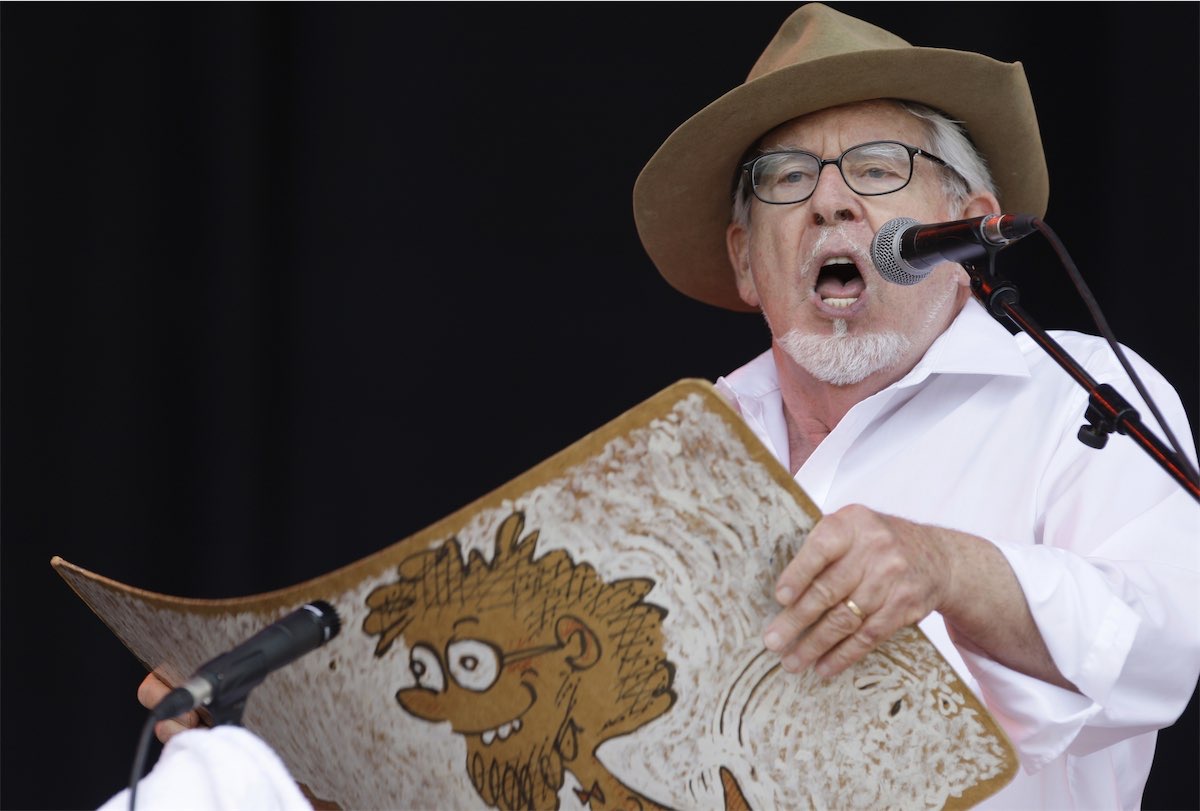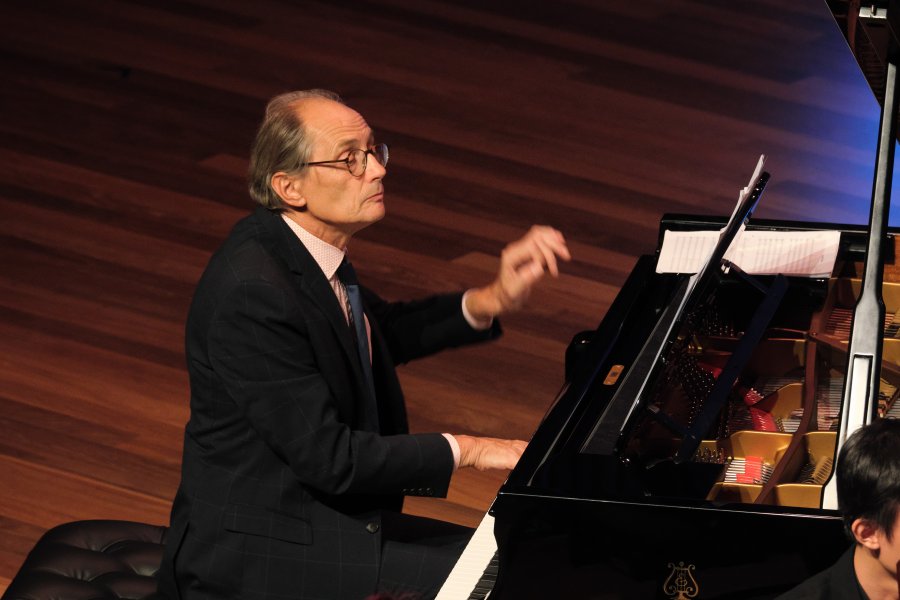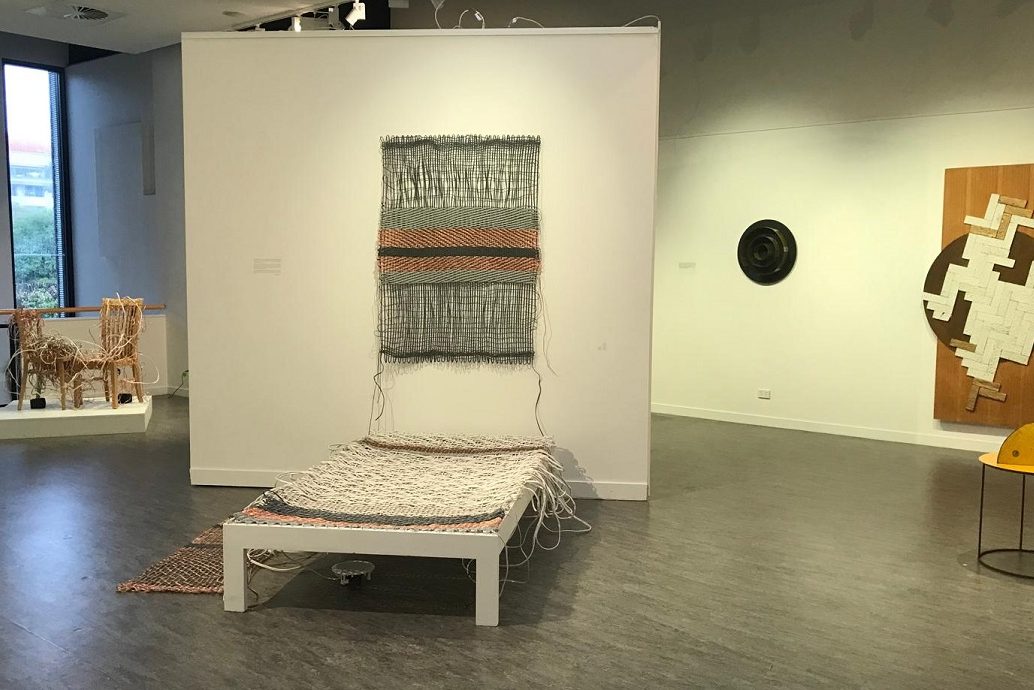
By Don Woolford in Canberra
How do you write about Rolf Harris now?
How do you balance his multiple talents that brought joy to generations against the sexual predator and pedophile in his dark core?
Does his artistry stand apart from his crimes, or is it tainted beyond redemption?
How, even, do you regard something like his apparently innocent description of his television technique – “look straight down the barrel of the lens and know that you’re talking to some little kid at home all on his own” – now you know what he did to little girls?
The Dr Jekyll in Harris was a master of almost every medium and endlessly ingenious, with his high talent and exuberant goodwill making him a favourite of all ages for more than 50 years.
The Mr Hyde side led to his being jailed, at the age of 84, for five years and nine months in July 2014 after an English jury found him guilty of 12 counts of sexually abusing women and girls, one as young as seven or eight, between 1968 and 1986.
Harris was born in Perth on March 30, 1930.
His parents were Welsh and his grandfather George Harris was a noted portrait painter.
Harris, who went to Perth Modern School, became a good pianist, artist and swimmer.
He narrowly missed selection for the 1952 Olympics.
At the age of 22, he went to London to study art and quickly broke into television, first by drawing cartoons with a puppet called Fuzz.
Soon he was appearing on the BBC and in commercial television.
Every Thursday night, he and his piano accordion entertained homesick Australians at the Down Under Club.
It was there that he first sang “Tie Me Kangaroo Down, Sport”, although it was some years before it that the accompanying wobble board was recorded and became such an unlikely hit.
He also customised the song, with lines like “Don’t ill-treat me pet dingo, Ringo” for a special performance with The Beatles.
The wobble board was discovered accidentally. To prepare for a portrait, he’d covered a sheet of masonite in oil paint.
When he shook it, a “marvellous sound”, a sort of semi-liquid whoop-whoop, came out.
In 1958 Harris married Welsh sculptress Alwen Hughes. They have one daughter, Bindi.
He returned to Perth in 1960, when television was launched there, to do children’s programs and a weekly variety show. This was followed by huge success in Vancouver as a club performer.
It was there that he developed, after watching a skit by a Dutch comic, his famous song and three-legged dance routine “Jake the Peg”.
Back in London in 1967, he started “The Rolf Harris Show”, which in varying formats became a light entertainment staple for more than a decade.
A regular feature was to slap paint apparently haphazardly on a big board.
“Can you tell what it is yet?” he’d ask – and that question became the title of his autobiography – before a final brush stroke revealed all.
In 1969 he recorded the battlefield weepie “Two Little Boys”, which went to the top of the charts. A much later hit was his version of “Stairway to Heaven”.
He returned to Australia regularly.
With Harry Butler and Vincent Serventy, he made “Rolf’s Walkabout”, the ABC’s first Australian-made colour television series.
He starred in the first performance at the Sydney Opera House’s concert hall, appeared at the opening of the Brisbane Commonwealth Games with “Let me welcome you to the games, friend”, helped initiate the Schools Spectacular at the Sydney Entertainment Centre, and recorded with the Adelaide Symphony Orchestra the” Young Person’s Guide to the Orchestra”, complete with Tubby the Tuba and Pee Wee the Piccolo.
In New York, his appearances included a one-man show at Carnegie Hall and a gala concert at the United Nations with Joan Sutherland.
Britain remained his main base.
He made television shows, which included enthusing kids with drawing tips. He went into pantomime and played 15 versions of “Cinderella”, one with Ian Botham.
For 10 years from 1994, he hosted the BBC’s “Animal Hospital”, which five times was voted Britain’s most popular factual entertainment show.
A key to its success was Harris being able to show with great tenderness the close bonds between people and their pets.
That was followed by his “Rolf On Art”, in which he painted on camera in the style of such masters as Rembrandt, Picasso, Monet and van Gogh.
He said his aim was to demystify high art.
Some in the British arts establishment were sniffy, but it was the most-watched arts program in British television history.
And it led to his painting the Queen, with the television cameras recording the portrait’s development.
Harris was a serious artist and had never stopped painting, although for years he just stashed them.
However many were snapped up, some bringing more than $A233,000 at a 2006 exhibition of his work. It made him a seriously bankable artist.
By then, Harris was also a rock festival star.
He first appeared at the Glastonbury festival in 1994 and wowed a crowd of 80,000. He became a regular and was voted the best entertainer ever to have appeared.
He was still going strong in 2012 when he was caught up in Operation Yewtree, a police investigation started in the wake of sex-abuse allegations against the late BBC entertainer Jimmy Savile.
After a string of women told of Harris abusing them he was charged with 12 offences, some involving his daughter Bindi’s best childhood friend.
There were also allegations from women in Australia, which could not be tried in an English court.
After his conviction and sentence, there was a rush to strip Harris of his many honours.
And perhaps, as the “Guardian” suggested in an editorial, there was a sense in which the nature of his popular appeal worsened his offences.
“There has been something uniquely offensive about the hypocrisy of his avuncular public persona, which suggested to children that there were friendly adults out there, who were on their side, and who could be trusted,” it said.
This was a “false and deceitful intimacy”.
There was more to come – a second trial involving seven more sexual offences. This time the outcome was less clear cut, with a jury in February 2017 acquitting him on three charges but hung on the other four.
A second trial in May was also inconclusive and with the prosecution deciding against any more retrials, Harris, who’d by then been released from jail, was a free – if still deeply disgraced – man.
In November 2017 one of his sexual assault charges was overturned, but the Court of Appeal dismissed applications to challenge further convictions from the 2014 trial.
Now, public opinion does indeed appear to be tainted beyond redemption.
When the once-beloved entertainer was seen waving at students as he walked on to the grounds of a primary school near his home in Berkshire in February 2019 to allegedly look at some wooden sculptures, there was outrage.
The principal ordered him to leave and called the police, while the press, the community and people the world over were revolted.
Since then Harris had kept largely under the radar at his home with his wife Alwyn who is believed to be in the final stages of Alzheimer’s.
Who can be trusted?
In a world of spin and confusion, there’s never been a more important time to support independent journalism in Canberra.
If you trust our work online and want to enforce the power of independent voices, I invite you to make a small contribution.
Every dollar of support is invested back into our journalism to help keep citynews.com.au strong and free.
Thank you,
Ian Meikle, editor





Leave a Reply